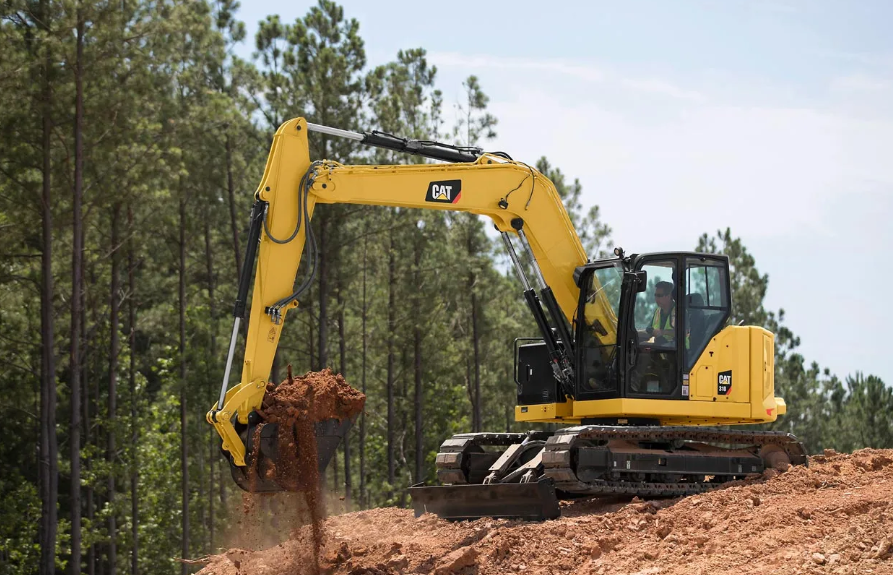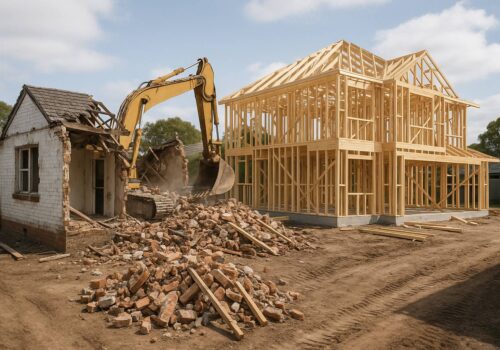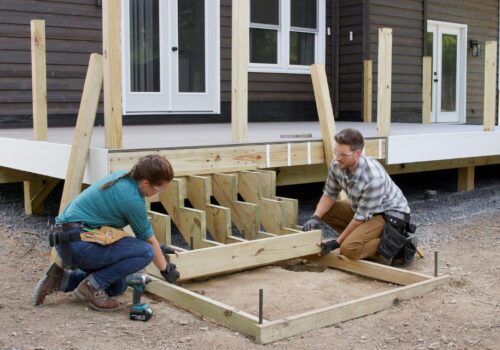The Complete Guide to Land Site Development and Asbestos Disposal in Auckland
Land site development is a complex process crucial for urban growth, infrastructure expansion, and community enhancement. When developing a piece of land or redeveloping older sites, issues such as asbestos can pose serious health and environmental risks. In Auckland, a city at the forefront of sustainable urban development, navigating the intricacies of land site development and ensuring safe asbestos disposal is vital. This guide aims to provide a comprehensive understanding of these processes, emphasizing best practices and the role of professionals.
Importance of Land Site Development
Land development is more than just building structures. It encompasses the transformation of raw land into functional spaces, considering aspects like zoning, environmental impacts, and community needs. For Auckland, with its vision for smart, sustainable growth, site development is a cornerstone strategy. By ensuring sites are developed with a mind to both current and future needs, the city can maintain its unique character while meeting the demands of a growing population.
Developing land in Auckland means adhering to strict environmental and safety regulations, which include managing the presence of hazardous materials like asbestos. As property developers continue to push boundaries, they must collaborate closely with environmental engineers and adhere to the principles of ‘Kaitiakitanga’—the Maori concept of guardianship of natural resources.
Asbestos Disposal in Auckland
Asbestos, once hailed as a versatile building material, is now known for its severe health risks. In Auckland, as in many urban areas, the issue of asbestos management looms large due to its common use in older buildings. When asbestos-containing materials are disturbed, they become a health hazard, potentially leading to serious respiratory diseases. The disposal of asbestos is a matter of public health and requires meticulous handling.
The city of Auckland takes a proactive approach to commercial-demolition, with comprehensive regulations in place to ensure its safe removal and disposal. These regulations are continually updated to reflect the latest industry standards and best practices. When it comes to asbestos, there is no margin for error, and it’s essential to rely on professional services that understand the local disposal guidelines and methods, including wet stripping and sealed container disposal.
Best Practices for Development and Disposal
When embarking on a land development project in Auckland, the following best practices can help navigate the process successfully:
- Early Environmental Assessments: Conduct thorough environmental assessments at the project’s inception to identify potential asbestos risks, ensuring a clear plan for safe disposal.
- Community Engagement: Engage with local communities to relay your development plans and gather feedback. Transparency can build trust and cooperation.
- Professional Partnerships: Partner with reputable environmental consultancy and asbestos removal firms. Their expertise can streamline the process and ensure compliance with regulations.
Continually monitoring guidelines and updating procedures as needed is the responsibility of land developers and asbestos disposal companies. This dynamic approach allows for changes in industry standards to protect workers and residents from the health risks of asbestos exposure.
Conclusion
In conclusion, the path to responsible land site development and asbestos disposal in Auckland is paved with rigorous environmental practices and an unwavering commitment to public health and safety. This guide has underscored the importance of early environmental assessments, community engagement, professional partnerships, and adherence to regulations as key factors in projects that not only meet the needs of today but also responsibly steward the environment for future generations. As Auckland progresses, professionals and developers must continue to evolve their strategies, bearing in mind the Maori principle of Kaitiakitanga, to preserve what is precious and to foster a sustainable legacy through thoughtful urban development.





